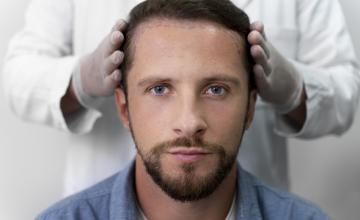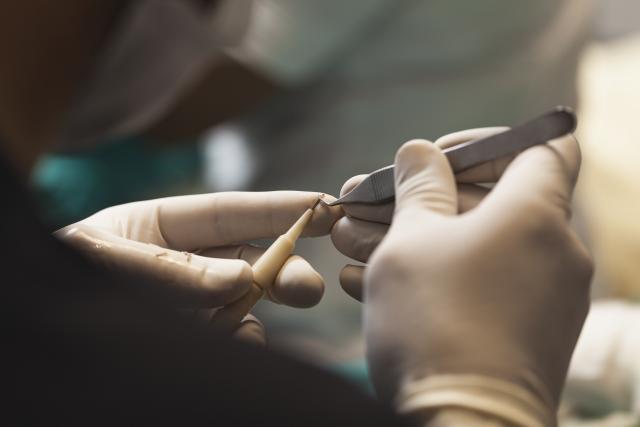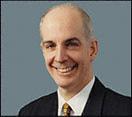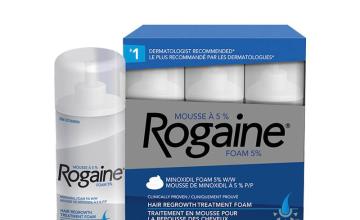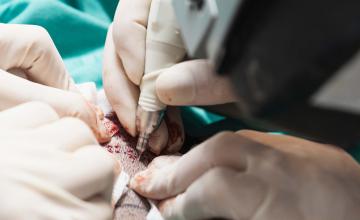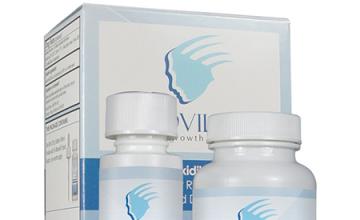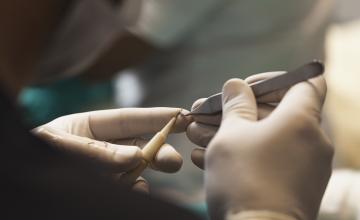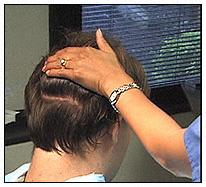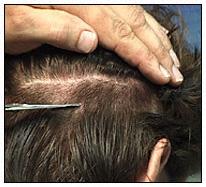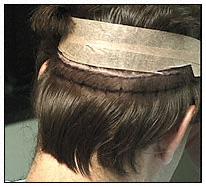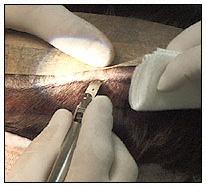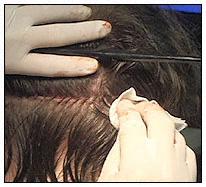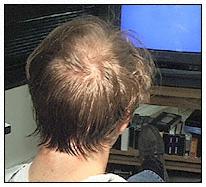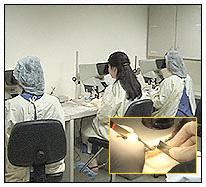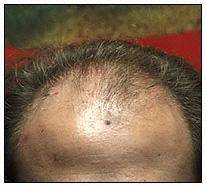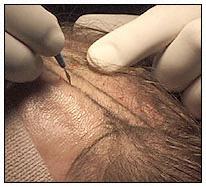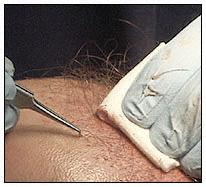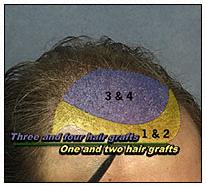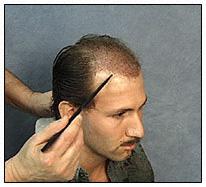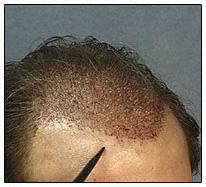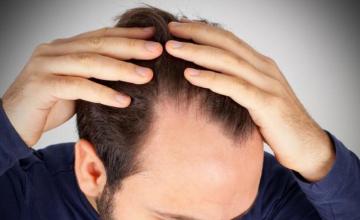Nanogen Hair Loss Concealer Review
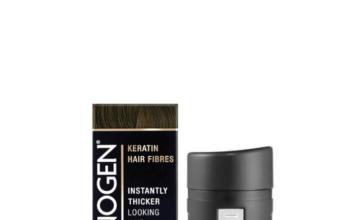
A Thicker Fuller Head of Hair in 30 Seconds?
A staggering 50% of men and 30% of women will experience some degree of thinning hair by the age of 50. Along with state of the art hair transplant surgery and credible drug treatments like Propecia (finasteride) and Rogaine (minoxidil), many balding men (and women) have added credible concealers like Nanogen to their daily treatment regimen.
As the term implies, concealers do not actually regrow hair but rather cosmetically enhance the appearance of balding areas of the scalp by reducing the contrast between scalp and hair color and/or adding fullness to thin, wispy hair follicles. Nanogen is no exception however, Nanogen is very popular and differs from other topical concealers in several areas.
How Nanogen Works
Nanogen is made of microscopic keratin fibers. Keratin is the same material that natural hair is composed of, giving the product a natural look and feel when applied to existing thinning hair. Unlike other fiber-based hair loss concealers, Nanogen’s “nanofibers” have a patent pending, “dipolar” electrostatic charge coating that causes them to cling to existing hairs in a fashion resembling needles on a Christmas tree rather than lying flat against the follicles. It’s this perpendicular binding that gives what some users have described as an immediate “lift” to the hair. By increasing the diameter of each individual follicle from root to tip, Nanogen is able to enhance the appearance of hair density resulting in the illusion of a full head of hair.
Applying Nanogen
Nanogen is available in ten different shades. These colors can even be combined to invisibly blend with your natural hair. The fibers are sprinkled onto the balding scalp from an applicator reminiscent of a large pepper shakerand then blended with the fingertips. Once the desired effect is achieved, there is an optional locking mist available to help the fibers stay in place through inclement weather conditions, intense exercise and perspiration.
Users should take care when applying Nanogen near the hairline. Over application can result in accumulation and an unnatural appearance.
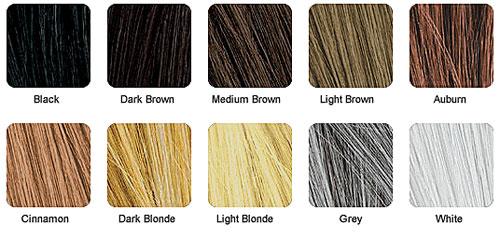
Conclusion
Nanogen’s keratin-based nanofibers are an excellent choice for balding men and women wishing to improve the appearance of thinning hair. Unlike some creams, sprays or make-up type concealers, Nanogen fibers are odor-free, non-itchy, wash out easily and won’t stain your clothing or pillowcase. With practice, the application is clean, quick and simple.
See what Real Patients are Saying about DermMatch on our Hair Loss Forum
For an in-depth comparison of Nanogen and similar fiber-based hair loss concealer Toppik, see the discussion topic, Product Review: Nanogen. To see what other members and Nanogen users are saying, you are encouraged to use the "search" feature of our hair restoration discussion forum.
